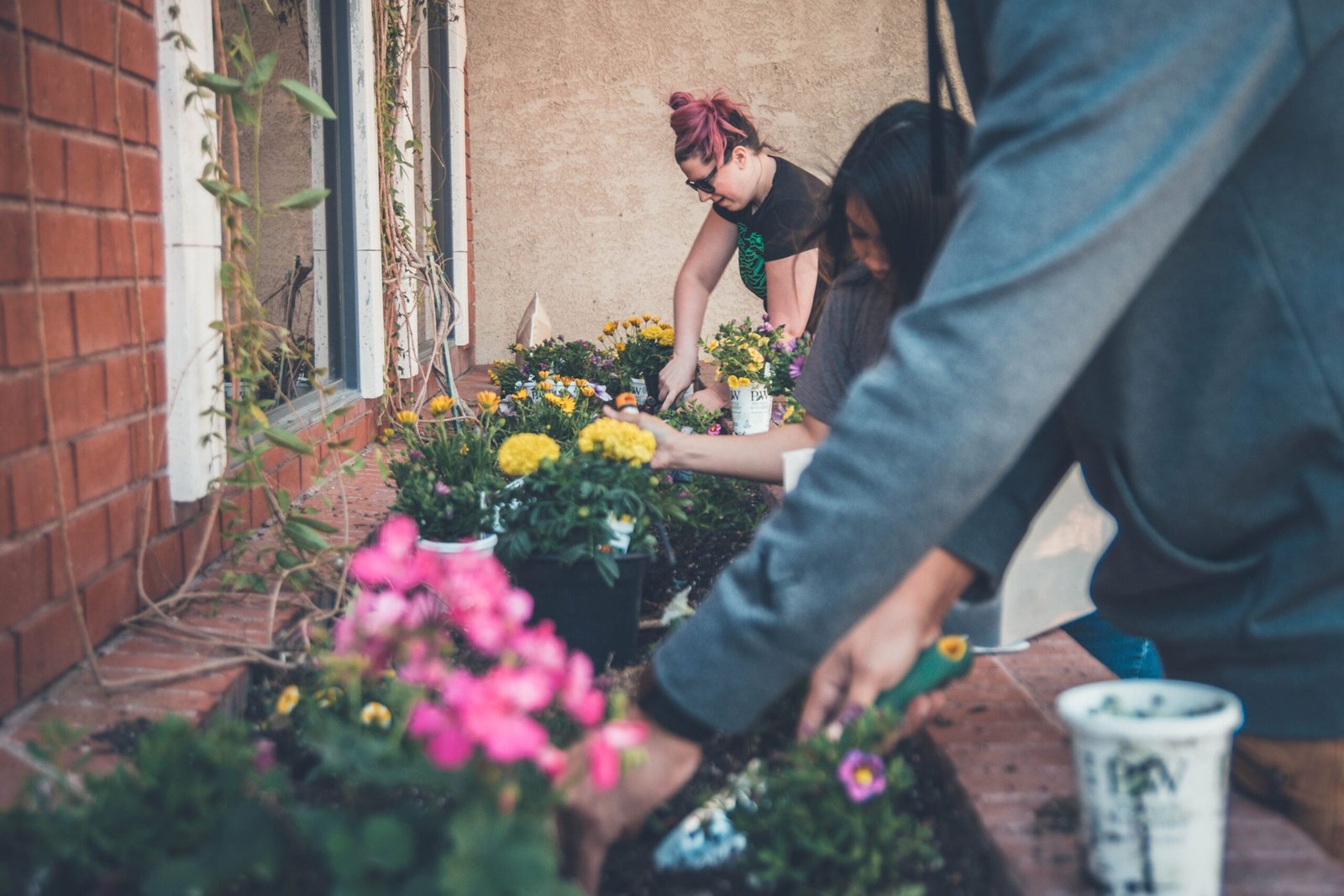
Introduction:
Communities are the lifeblood of society, serving as the foundation for human connection, support, and progress. Whether it’s a small neighborhood, a bustling city, or an online network, communities play a vital role in shaping our lives and the world we live in. In this article, we will delve into the significance of building and nurturing strong communities, exploring various aspects such as community development, engagement, sustainability, and impact.
1. Community-Building Strategies:
Building a strong community requires deliberate efforts and strategies that foster a sense of belonging, trust, and collaboration. Some effective strategies include:
- Promoting open communication channels
- Encouraging active participation
- Facilitating networking opportunities
- Creating shared spaces and resources
By implementing these strategies, communities can create an environment that fosters connection and empowers individuals to contribute to the collective well-being.
2. Stories of Successful Community Initiatives:
Real-life examples of successful community initiatives showcase the transformative power of collective action. From grassroots movements to large-scale projects, these stories inspire and demonstrate the positive impact communities can have on society. For instance:
- The High Line in New York City transformed an abandoned elevated railway into a vibrant public park, revitalizing the surrounding neighborhood and fostering community engagement.
- The Transition Town movement empowers communities to embrace sustainability and resilience, encouraging local food production, renewable energy, and reduced carbon footprint.
- The Kibera School for Girls in Kenya provides education and support to girls from disadvantaged backgrounds, empowering them to break the cycle of poverty and become future leaders.
These success stories highlight the power of collective efforts and inspire others to take action in their own communities.
3. Challenges and Solutions:
Building and nurturing strong communities is not without its challenges. Common obstacles include lack of resources, limited engagement, and social divisions. However, solutions exist to overcome these challenges:
- Collaboration with local organizations and businesses can provide essential resources and support.
- Engaging community members through inclusive decision-making processes ensures diverse perspectives are heard and valued.
- Implementing educational programs and workshops can address social divisions and promote understanding and empathy.
By identifying and addressing these challenges head-on, communities can find sustainable solutions and strengthen their foundations.
4. The Importance of Inclusivity and Diversity:
Inclusive and diverse communities are more resilient, innovative, and prosperous. Embracing people from different backgrounds, cultures, and perspectives fosters creativity, empathy, and social cohesion. It is crucial to:
- Ensure equal opportunities for all community members
- Champion marginalized voices
- Celebrate cultural diversity
By actively promoting inclusivity and diversity, communities can create a vibrant and harmonious environment that benefits everyone.
Conclusion:
Building and nurturing strong communities is not just a noble endeavor; it is essential for sustainable development and social impact. By implementing effective community-building strategies, learning from successful initiatives, and addressing challenges with innovative solutions, communities can thrive and make a lasting positive difference. In today’s interconnected world, the value of strong communities cannot be overstated. Let us actively participate in community-building efforts and contribute to the growth and well-being of the communities we are a part of, both locally and globally.